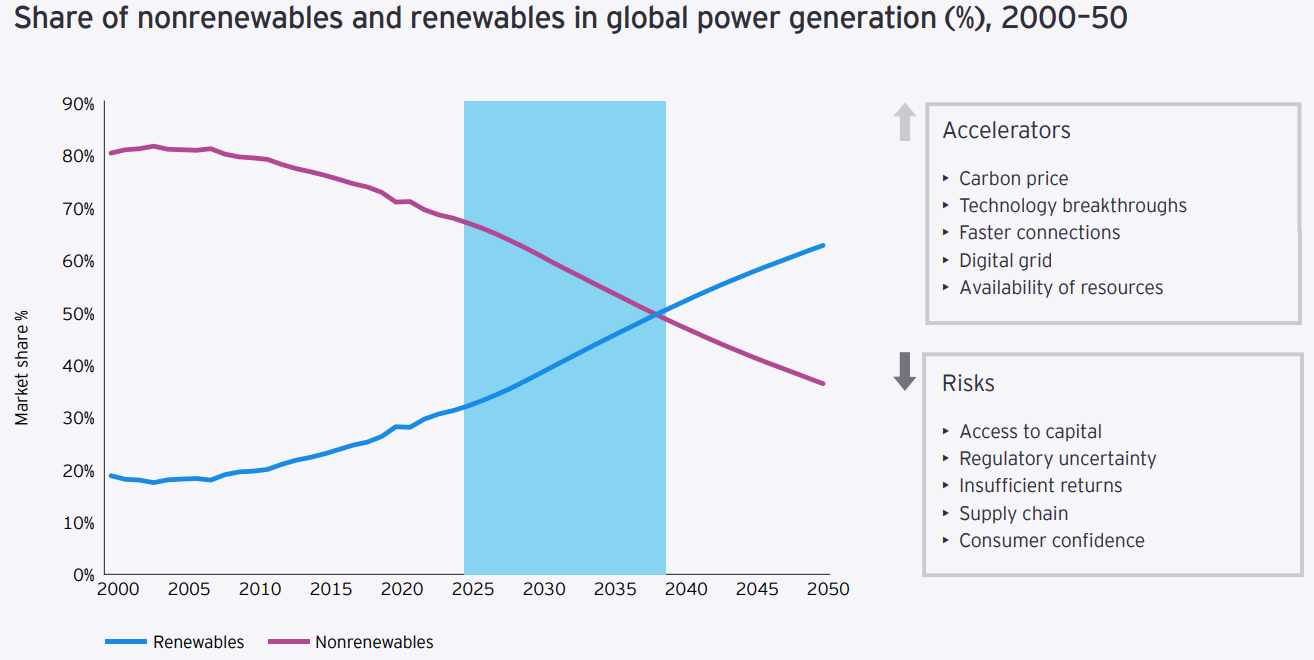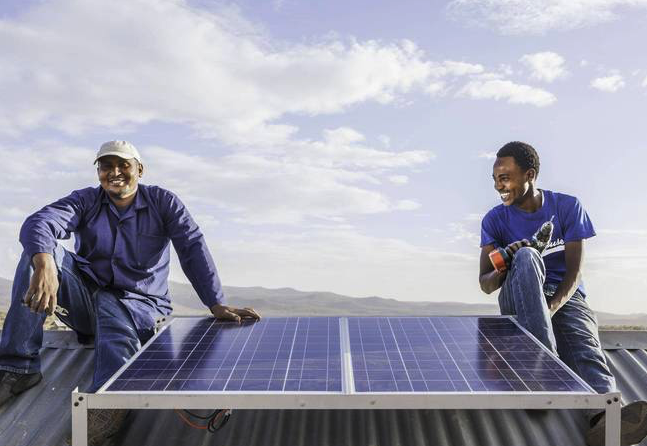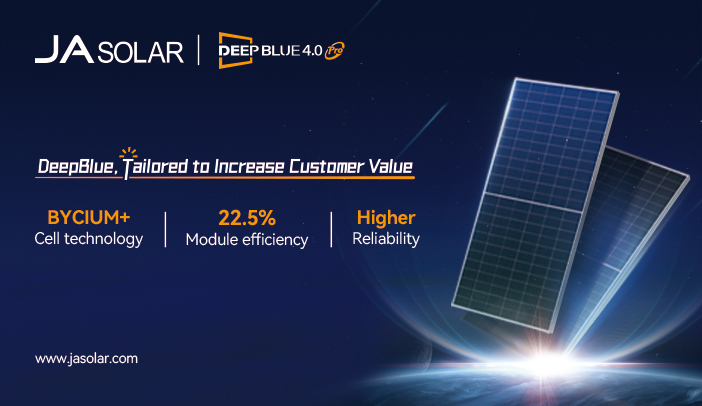- A report from Ernst & Young (EY) shows that despite inflationary pressures, solar remains the cheapest source of new-build electricity.
- The global weighted average levelized cost of electricity (LCOE) for PV is now 29% lower than the cheapest fossil fuel alternative.
EY said in its latest energy and resources report that 86%, or 187 GW, of newly commissioned renewable energy resources generated electricity at a cost lower than the average cost of fossil fuel generation in 2022.
Solar is the cheapest new-build electricity in many markets, even amid inflation and price rises, said EY, noting that the global weighted average LCOE for solar is now 29% lower than the cheapest fossil fuel alternative. Large-scale energy storage is also quickly becoming more cost-competitive and sophisticated, it said.
Solar has rapidly fallen in average LCOE globally, from more than $400/MWh in the early 2010s to about $49/MWh in 2022, down 88%. Wind power LCOE has fallen roughly 60% over the same period.

EY forecasts that solar and wind will become the global baseload electricity source. By 2030 the two traditional renewables are expected to represent 38% of the energy mix, and by 2050 solar and wind may supply 62% of the energy mix. China, Europe and the United States will drive a 53% increase in solar and wind generation, producing over 57% of global solar and wind output by 2050, said EY.
“A global solar boom will power more than half of this, but adoption will vary across markets. Solar-generated power will become the biggest source of energy in countries such as the US, and those in Oceania and South Asia, driven by technologies around solar PV modules advancing at rapid pace,” said EY.
However, these landmarks will not be reached without clearing major barriers to progress, EY said. Particularly in the United States, a backlog of grid interconnection applications is causing delays, cancellations, and large incurred costs. EY said that the United States has at least 1,350 GW of wind and solar capacity and 680 GW of storage is waiting to be connected, which is enough to double the country’s electricity supply.
In a survey of more than 70,000 global consumers, EY found that sentiment towards residential solar adoption is strong. About 62% of survey respondents said they have bought or are thinking about buying solar panels, while 50% are considering buying or have already purchased battery storage.
Link to the full report HERE
Author: Ryan Kennedy
This article was originally published in pv magazine and is republished with permission.

















